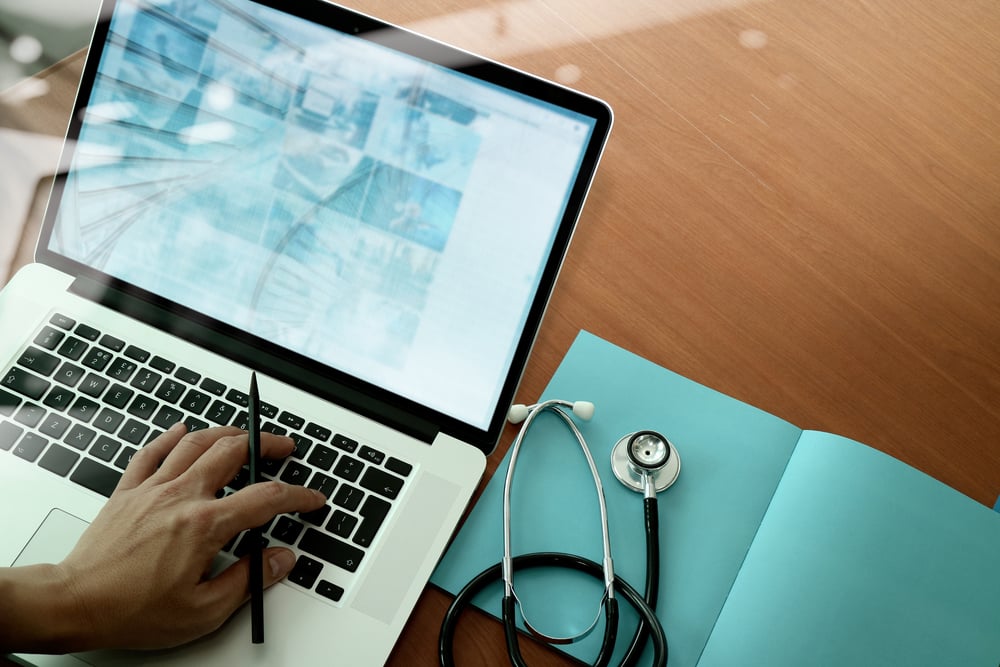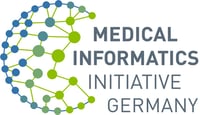Medical Imaging - Technologies and Data
Generation, processing, and analysis of image data for medical applications
Faculty of Natural Sciences and Technology, University of Applied Sciences and Arts Hildesheim/Holzminden/Göttingen (HAWK-HHG)
This module is part of the certificate „Management and Analysis of Medical Data“
Teaching Language: German
Workload: 75h presence or online / 105 self-study = 180 total1 (6 ECTS)
Target Group: The module is oriented to Bachelor's level. The course is aimed at Bachelor’s students of medical engineering and medical informatics, as well as IT-savvy physicians and medical students. Basic knowledge in applied mathematics, engineering, and applied computer science (e.g. programming knowledge) is expected.



Consultation & Registration:
If you have any questions, please do not hesitate to contact us: info@highmed-lehre.de
Form of teaching: Hybrid
Today, medical imaging science (e.g. radiology, photonics) is a dynamic, evolving field generating a wealth of data in medicine. Major trends are functional, multimodal, molecular and intraoperative imaging. Advanced algorithms and image-analysis methods can be used to enhance images and extract novel information for medical diagnosis and therapy. If they are to be used in clinical decisions, both the strengths and limitations of generating such images must be understood.Learning Objectives
The course offers its participants an introduction to the methodology of processing and analyzing medical image data, using computer-aided methods with the focus on imaging modalities, image representation and storage, image preprocessing and enhancement, image segmentation, feature detection, and basic classification. Practical exercises and interactive examples are provided to deepen the knowledge in individual and group work, using common software tools and libraries. Completing the module, students will be able to:
- describe how medical images are created using selected examples
- derive relevant parameters with the help of proven image-analytical procedures and interpret and critically discuss them
- use medical software independently
- explain the tasks and the procedures, which are coordinated in groups, in an understandable and precise manner and be able to present the results of their work for assessment in the practical course.
Embedding:
The scope of the module comprises 6 credit points at the HAWK. The module serves as a foundation for the understanding of advanced image processing concepts such as classification and object recognition, e.g. methods based on machine learning covered by other modules.Bibliography:
- Curriculum – available as PDF document on the Moodle platform'
- Biomedizinische Technik: Medizinische Bildgebung.
Olaf Dössel, Thorsten M. Buzug, De Gruyter (26. Mai 2014). ISBN-10: 3110252058 - Röntgen, Computertomografie & Co.: Wie funktioniert medizinische Bildgebung?
Gustav K. von Schulthess. Springer Verlag, ISBN-10: 3662539306
1: The times serve as rough orientation. The real times may differ.


